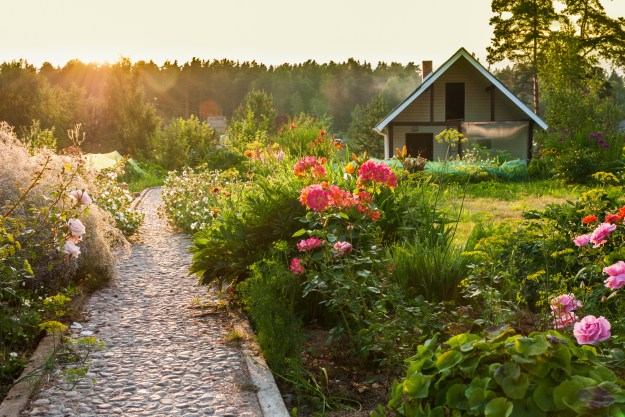Buffalo grass, Bouteloua dactyloides, is a North American prairie grass, native to the high plains of the United States, Canada, and Mexico. It also makes a tough, low-maintenance lawn grass. If you’re looking for a sustainable alternative to traditional ornamental lawn grasses, it could be a good option.
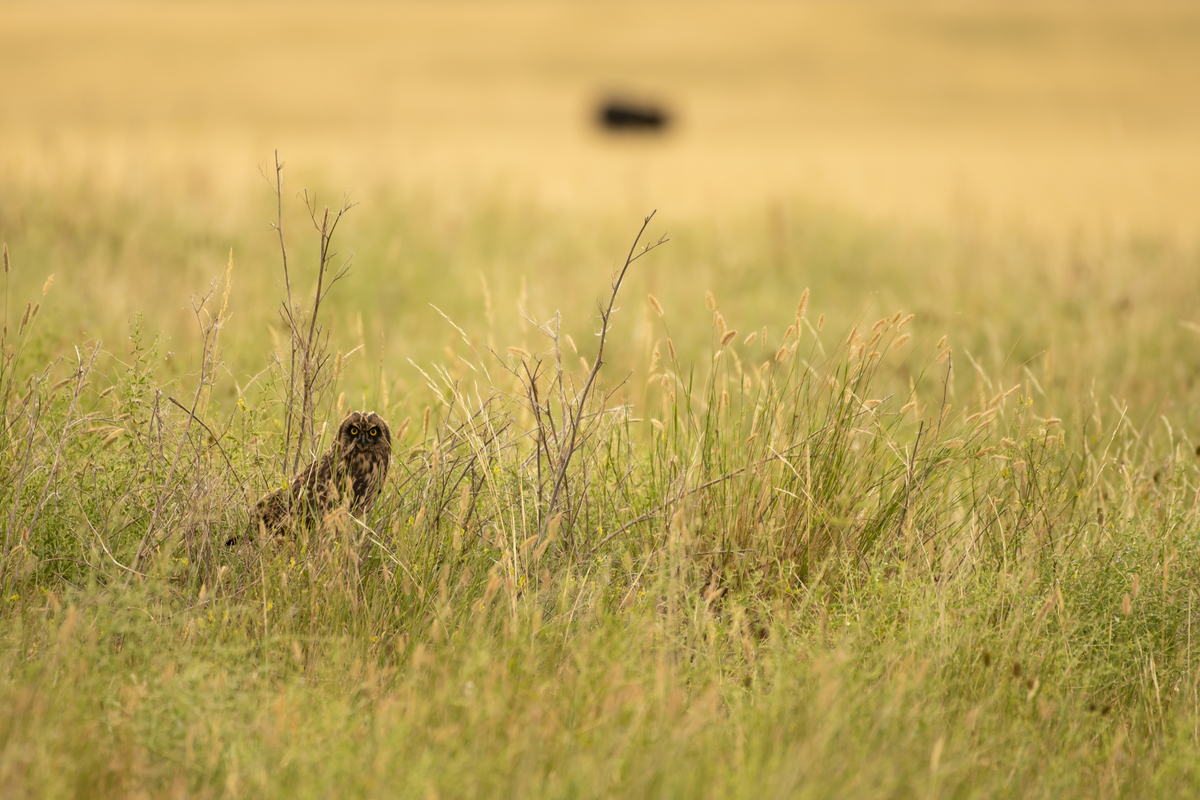
What is buffalo grass?
Buffalo grass evolved in a climate with hot summers, bitterly cold winters, and an annual rainfall average of 15 to 30 inches. It is a co-dominant species, along with blue grama, in the shortgrass prairie ecosystem and also has an important presence in mixed grass prairies. Throughout the arid west, bison, jackrabbits, prairie dogs, pronghorns, and white-tailed deer use it as forage. It’s also a larval host plant for green skipper butterflies.
Spread by creeping horizontal stems called stolons, buffalo grass is one of only a few native North American grasses that form a sod suitable for use as a lawn grass. It is a warm-season grass that goes dormant and turns brown in winter. It grows to a height of 10 to 12 inches if not mowed, with fine-textured, arching, gray-green foliage, making it an outstanding selection for “no-mow” lawns. In a manicured setting, buffalo grass can be easily kept at a height of two or three inches with occasional mowing.
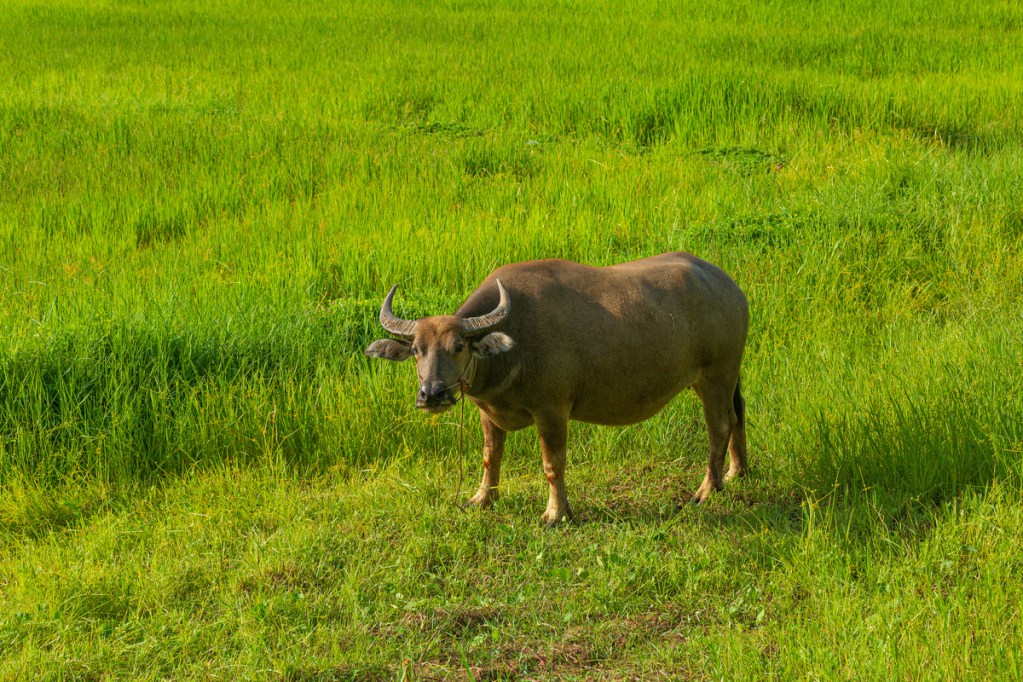
Sustainability of buffalo grass
In and around its native range, buffalo grass is a strong choice for sustainable landscaping. It requires virtually no irrigation, fertilizer, or pest control products and little to no mowing. And it is pollinator friendly. Compared to popular non-native lawn grasses, buffalo grass could save an incredible amount of resources while keeping property owners in good standing with their neighborhood association.
Outside the Great Plains area, use of buffalo grass gets a bit more complicated. It loses its native wildlife habitat credentials outside its home ecosystems. Rainfall totals in many parts of North America exceed 50 inches per year, which may be problematic. But if the goal is to establish a low-maintenance lawn with few inputs (and the site is well drained), buffalo grass could still be a really good choice.
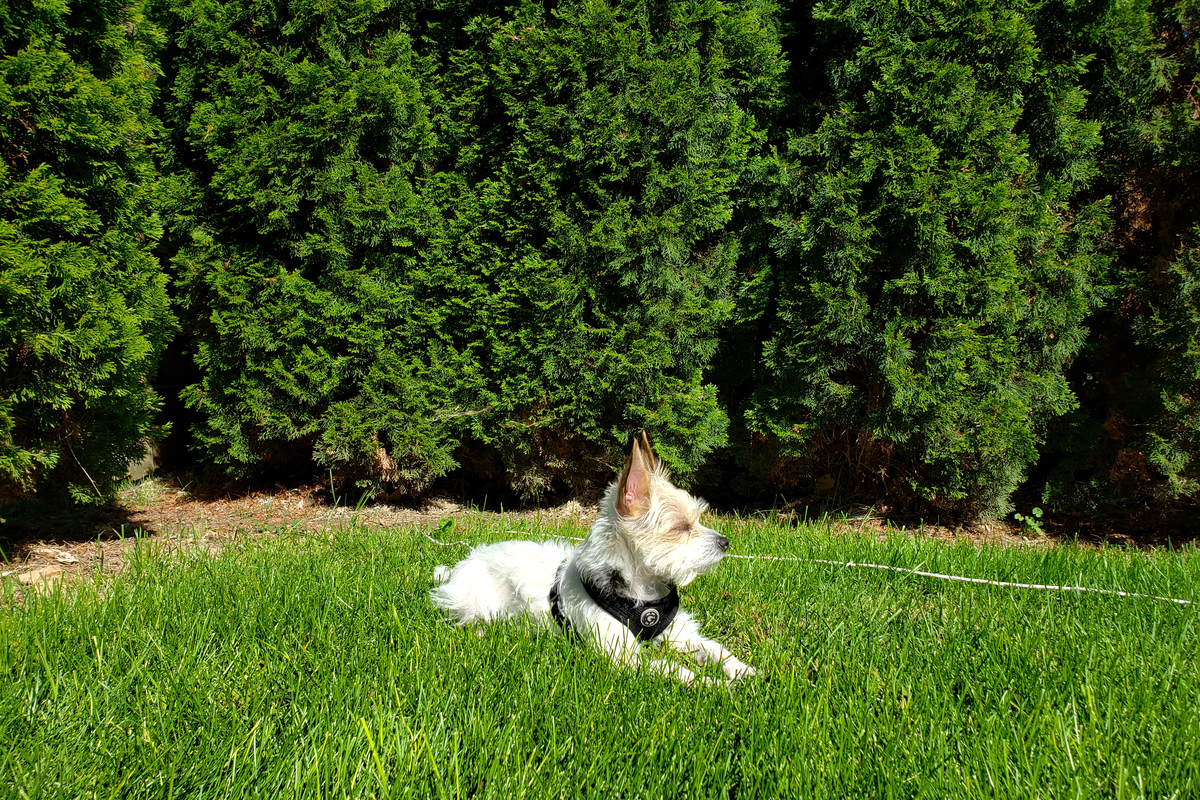
Planting buffalo grass
Improved cultivars are available as seeds, plugs, or sod. For the best appearance, be sure to choose those that were developed for establishing lawns, rather than pasture or rangeland renovation. The best time to plant buffalo grass is in late spring or early summer, after the soil has warmed, and while there’s still plenty of time for deep root establishment before fall.
Prepare the soil by removing weeds and grass, then roto till to a depth of 6 inches. Spread seeds at a rate of two pounds per 1,000 square feet and work them into the soil by raking lightly. Alternatively, plant plugs 18 to 24 inches on center. Seed germination takes a week or two. Complete coverage takes one to two growing seasons.
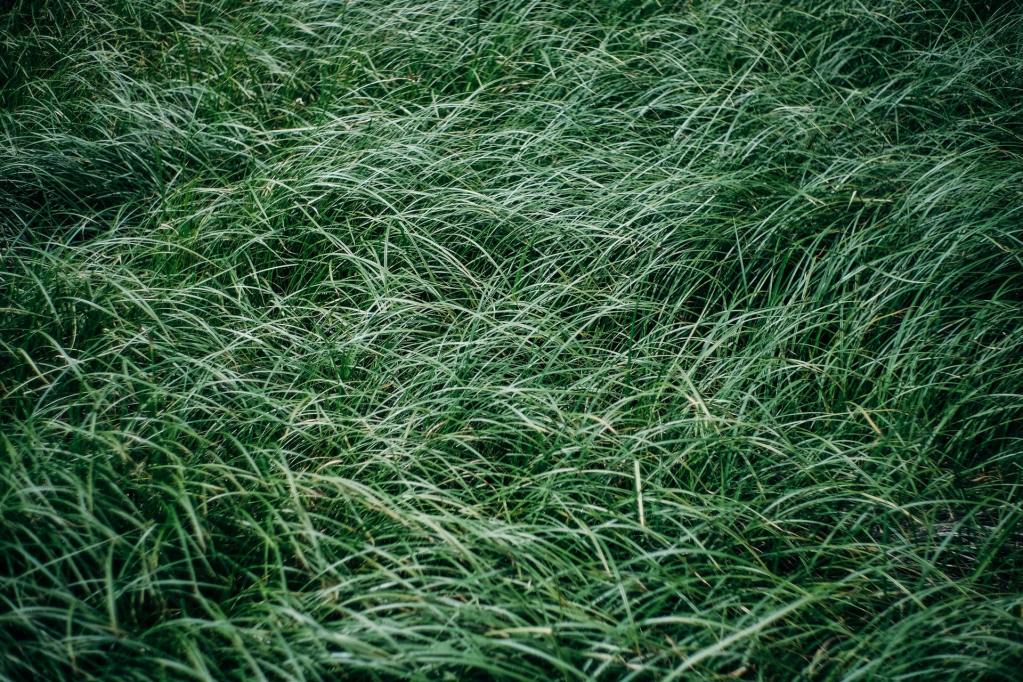
Maintaining buffalo grass
Buffalo grass is capable of out-competing weeds with its arching foliage, densely matted root system, and inherent drought tolerance. Weeds are generally controlled by occasional hand pulling. In cases of advanced weed infestation, most conventional lawn weed killers for warm season grasses are safe for use on buffalo grass lawns. Always read and follow label instructions carefully to avoid damaging the lawn.
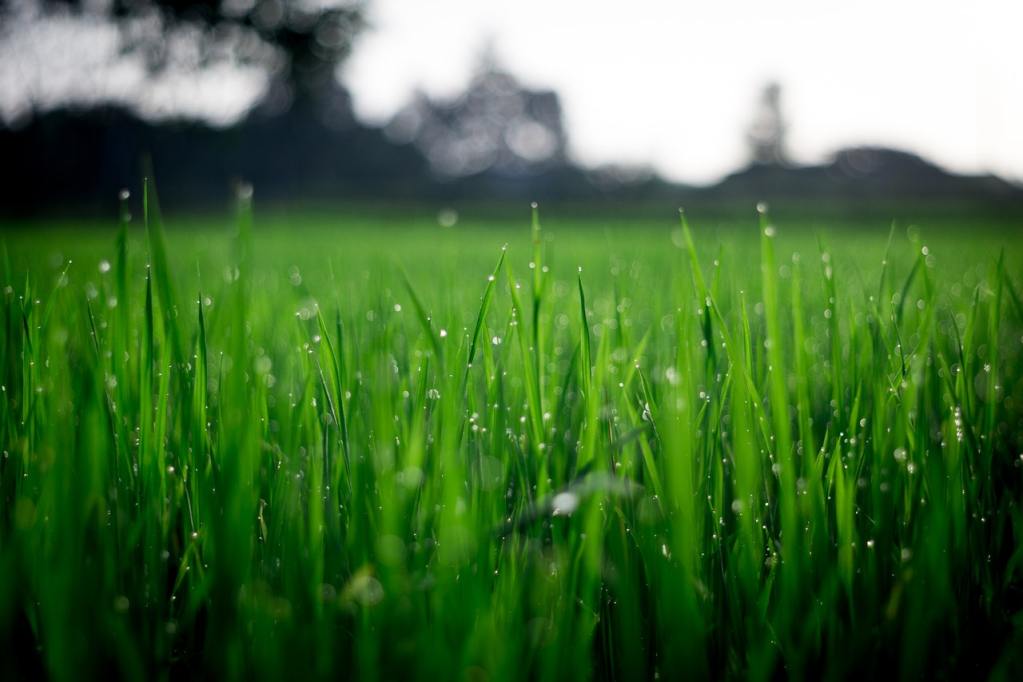
Is buffalo grass invasive?
Many people worry about buffalo grass taking over the landscape wherever it’s planted, but this is highly unlikely, as the grass in non-invasive. In fact, you’re much more likely to be invaded by neighboring grasses, especially those that naturally have tight growth. This means that buffalo grass is lower maintenance, but you should also watch out for any varieties trying to sneak their way onto your plot of land.
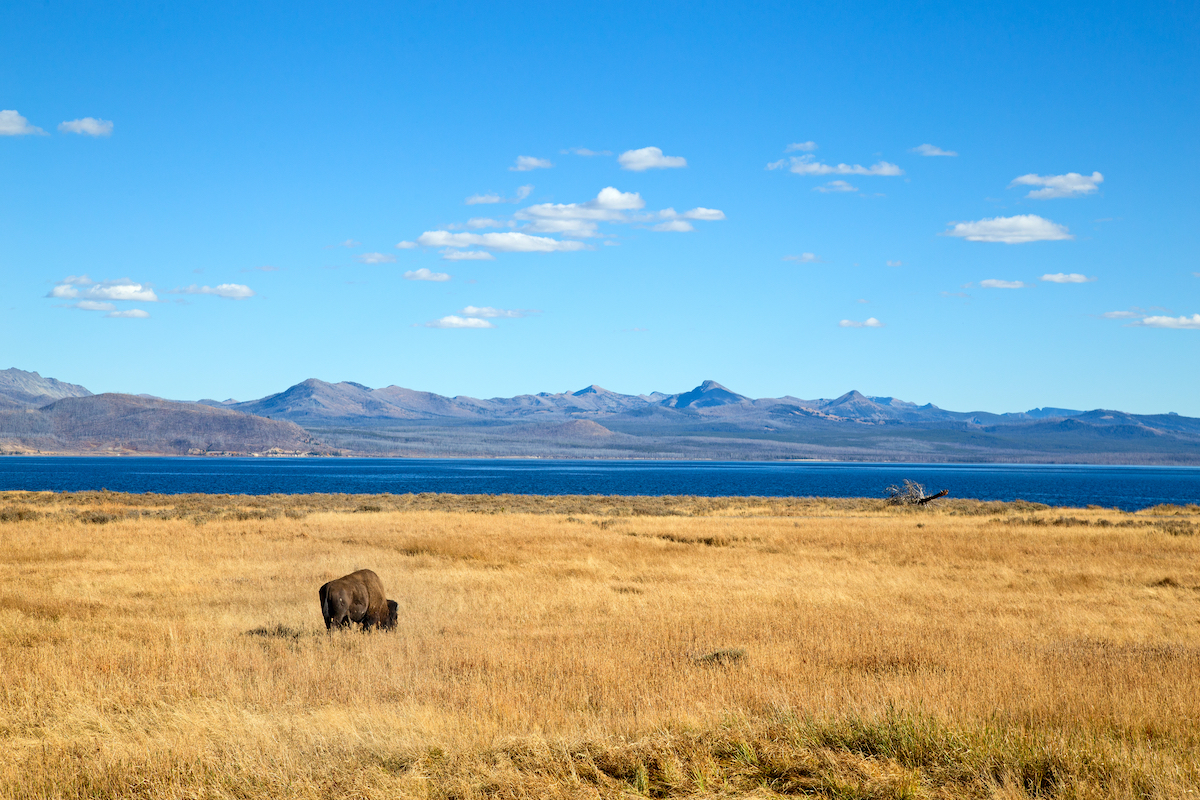
Established buffalo grass is extremely drought tolerant. In fact, it should only be watered during summer drought conditions to keep the grass from turning brown. After a dry fall, watering before winter dormancy helps the roots better withstand winter cold. Irrigating at other times does not improve its performance or appearance, and only encourages weed growth. Water deeply, as necessary, but infrequently to encourage deep root development.
Fertilize in the early summer, while the grass is actively growing. Apply a pound of actual nitrogen per 1,000 square feet, per growing season. Use a soil test to determine the amount of phosphorus and potassium to apply, or use a nitrogen-only fertilizer in the absence of a soil test.
Regular mowing is not necessary to keep a healthy buffalo grass lawn. Longer grass is better able to resist weed pressure and drought stress. Some only mow to remove the male pollen flowers above the foliage. Some mow when weeds outgrow the grass. Others mow more frequently to maintain a two or three inch lawn. When mowing, do not remove more than one-third of the foliage at a time. Buffalo grass does not produce thatch, so there is no need to remove clippings.
If you’re on the lookout for a low-maintenance, non-invasive lawn, buffalo grass is a great option. Requiring minimal effort when it comes to watering and mowing, this is a choice that won’t require too much upkeep in your yard.
Editors' Recommendations
- 7 gorgeous types of roses every gardener should know
- What you need to know about deadheading in your garden
- Here’s what you should know about the updated USDA Hardiness Zone Map
- Water lily vs. lotus: What’s the difference and which is right for you?
- Add heliotrope to your garden for stunning purple flowers all summer long


